Is Customer Satisfaction really the gold standard for measuring success? Both data and intuition suggest that Engagement trumps Satisfaction when it comes to customer loyalty and repurchase. “In the late ‘90s and early ‘00s, researchers discovered that extremely satisfied customers were only slightly more likely to stay with a firm than moderately satisfied customers. In a 1995 Harvard Business Review article, Thomas Jones and Earl Sasser Jr. pointed out that satisfied customers defect”
Why? Well, customers can be completely satisfied with a transaction, but later switch to a merchant who offers lower prices. When changing vendors is frictionless and price is the only differentiator, guess what customers do… ?
Of course, brand has always been a potent differentiator. The textbook definition of brand is the amount of value ($$) that a consumer will pay for goods over and above what they would pay for a generic version of the same item. For example, how much more is Coke worth compared to generic cola? Answer: a lot!
The key to establishing brand is the emotional connection the consumer has with the vendor or service: the experience. When Apple Computer created unique products like the iMac, the iPod, and the Macbook, Steve Jobs decided to sell these products in a most unconventional way. The Apple Store was launched as a place where customers could both purchase and experience products. Apple had its industrial design team totally reimagine the way in which the product was packaged to create the deeply immersive customer experience we now know as unboxing. They had customer support teams available on a 24/7 basis to help customers with any problems. As a result, the customer might, as a final step, reach into their box, pull out an Apple sticker and affix it to their car window or bedroom mirror. Thus, Apple not only had a satisfied customer, but a fully evangelized advocate of the brand. Customer engagement 101!
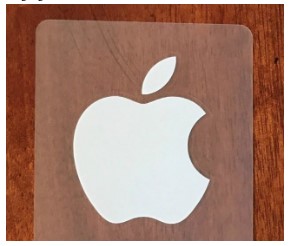
The power of brand. This one is worth a trillion.
Other companies with products from clothing to coffee, to insurance products have adopted the same strategies. It’s no longer about customer satisfaction, a term suggesting a one-off transaction, but what might be described as a baptism, where that customer would become a customer for life. Today we see companies like Starbucks, Warby Parker, Amazon and Tesla routinely use the same playbook.
Over the past few years, service companies like Airbnb and UBER have successfully extended this model to lodging and mobility services. The experience of getting a car or booking a room has become (almost) enjoyable. And those positive emotions “rub off” on the companies’ brands.
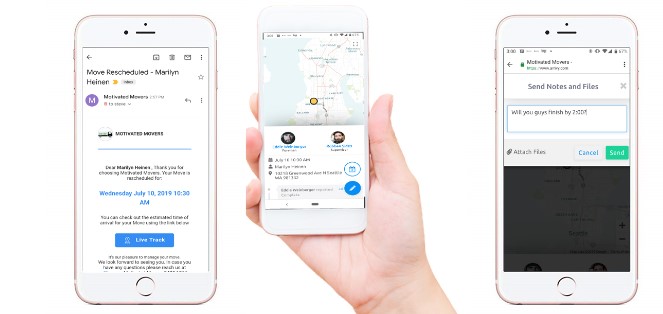
Customers become engaged (and then loyal) when they become part of the process. Arrivy lets customers see pictures of the crew, communicate with them and track their progress.
Arrivy’s mission is to bring the same positive experience and brand connection to home service and delivery companies. By UBERizing the customer experience via automated communications, viewing the crew’s approach on a map and instant messaging, customers are able to engage with services in a way they weren’t able to before. And companies benefit by connecting dispatch/field crews more directly and by using some of Arrivy’s unique reporting features around performance and engagement.
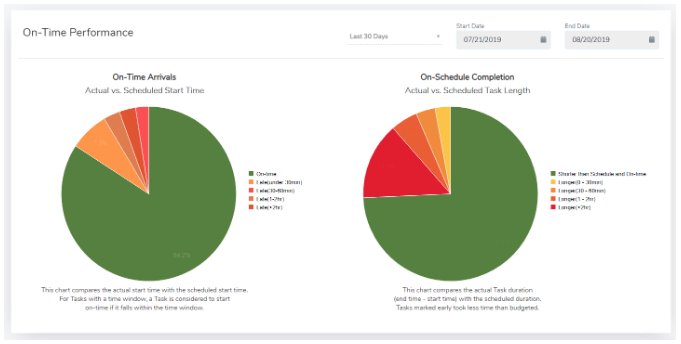
Arrivy keeps track of detailed Task data so it can display metrics like percentage of on-time arrivals and on-schedule completions
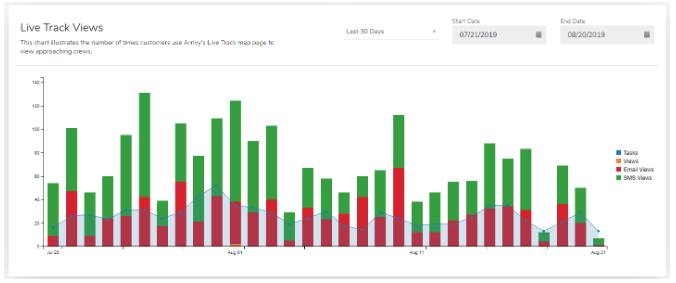
As a customer engagement metric, Arrivy keeps track of how many times people look at the map view when the crew is approaching (on average about 3-times per Task)
In the end it’s about creating an experience that is deeply personal and connects products and services to people in a very human way. The success of customer engagement is based upon its ability to “create” loyal consumers. Companies with highly engaged customers saw an average annual growth rate 13% higher than the industry average, while companies with low customer engagement levels saw growth rates 36% lower than the industry average. Why not engage your way to higher profits!
https://hbr.org/1995/11/why-satisfied-customers-defect
https://hbr.org/1995/03/do-you-want-to-keep-your-customers-forever

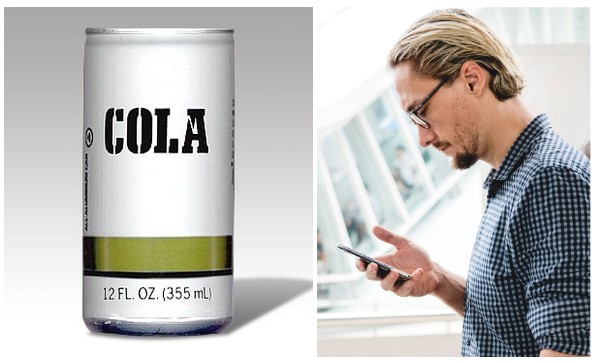

Leave a Reply